During lockdown, people started to look carefully at their consumption. Many of those with gardens created veg plots, planted fruit trees and considered a more sustainable lifestyle going forward. But just how easy is it to live sustainably in Spain?
The answer is: a lot easier than it used to be. If you’re interested in reducing your carbon footprint and living a more sustainable life, there are numerous ways in which you can achieve that. A simple strategy is to buy less. Couple that with making sure you buy sustainable products and support sustainable brands and you’re already helping reduce negative environmental impact.
Beyond that, the good news is almost everything you do is an opportunity to practice sustainable living, including the way you get around, how and what you eat, how much rubbish you produce and tapping into renewable energy. InSpain.news looks at some of the key ways in which you enjoy a sustainable lifestyle in Spain.
Renewable energy
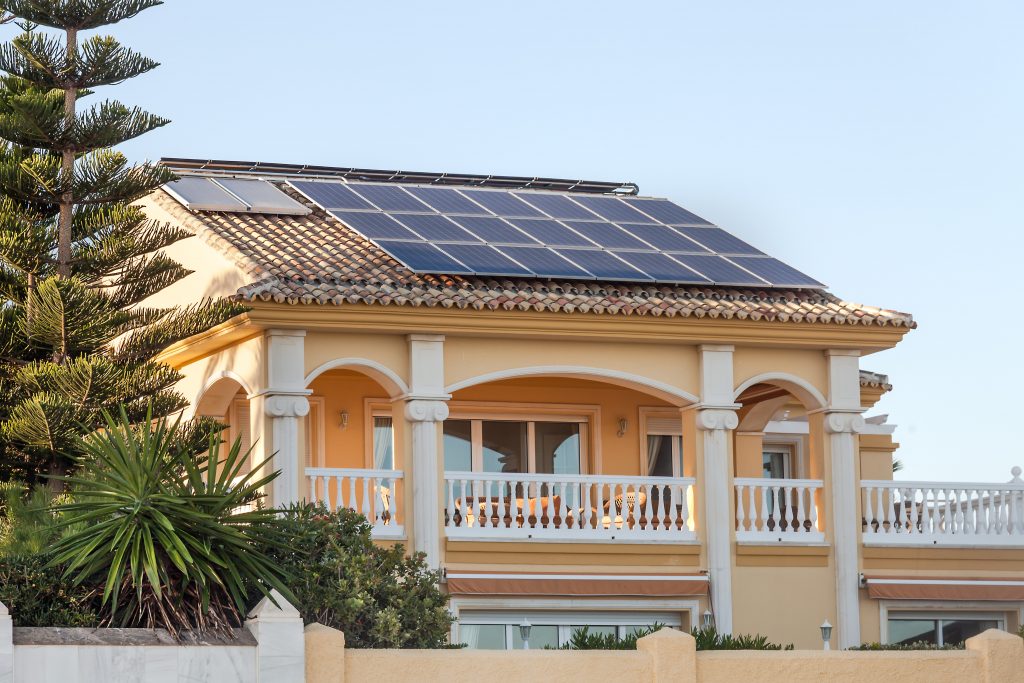
Fossil fuels are a big no-no when it comes to sustainable living. It’s not just because we’re running out of them, but they do not burn clean and extracting them destroys the ecology of the planet. Renewable energy, on the other hand, comes from unlimited resources, are clean to use and are less impactful on the environment.
In Spain, there had been an issue when it came to personal use of solar panels with the so-called ‘sun tax’. Thankfully, that was repealed officially in 2020, as it made self-consumption of electricity in Spain unviable. However, with the government’s advancement of a green agenda, the cost of photovoltaic solar energy dropping and self-consumption in the country no longer discouraged, the future belongs to renewable energy.
You don’t need to have an individual property either to make the most of renewable energy. A report by idealista/energy found that 74% of the blocks of flats in Spain are suitable for the installation of solar panels. You could also change your energy supplier to one that provides green/renewable energy.
Of course, if you do have an individual property, solar panels on your roof or on the land are a great option. Remember, you will need to size your system to cover your need. Calculate how much electricity you consume and set up your electricity generation and storage system to cope with it.
The swimming pool pump guzzles electricity. It may have the same consumption as a hairdryer, but it is on for hours. Another option would be a natural swimming pool, but make sure the plants that keep the water clean are suitable for your microclimate.
Grow your own food and reduce food waste
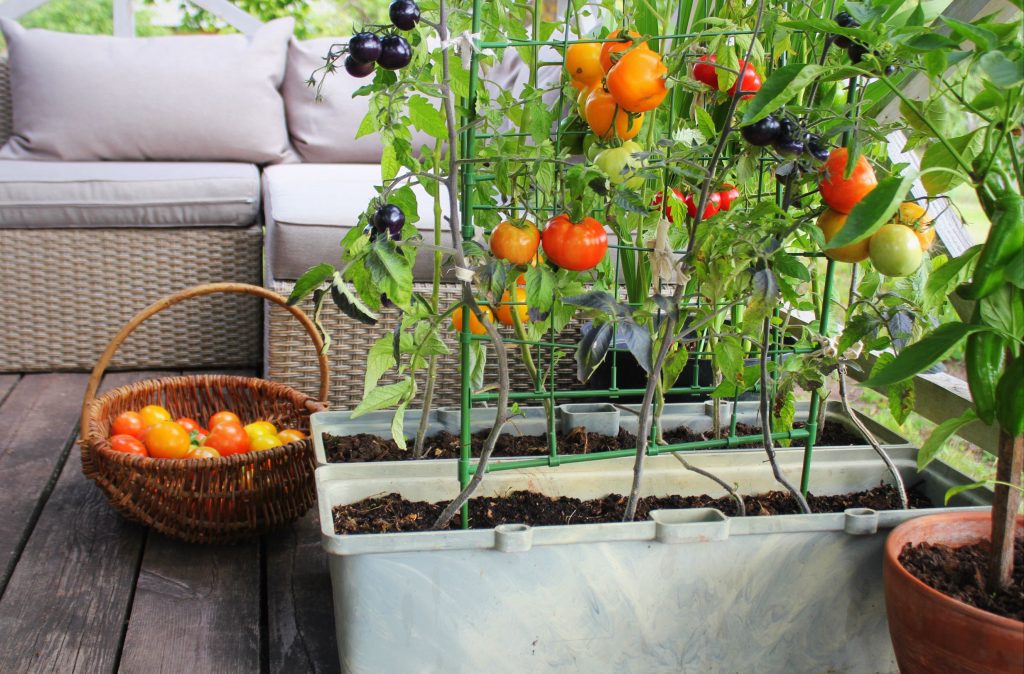
Anyone who has grown their own tomato, lettuce or potato knows the satisfaction of growing something from nothing is trumped only by the taste. Food grown by your own hand using organic methods is always so much tastier.
The reason for improved taste? You harvest it when needed and when ripe, it hasn’t been in a storage container for days, then a supermarket shelf. It sits in the garden until it’s ready to be consumed. Plus, you know you haven’t sprayed it with any chemicals or grown it in polluted land.
Not matter how small your garden, or balcony, there is always space to grow something. Create a living wall of herbs. Grow tomatoes, garlic, strawberries, chillis and peppers in pots. Your outdoor space or windowsill will become a riot of colour and aromatic too.
Contact the town hall for community garden spaces. Many apartment dwellers have a mangeable plot in a communal garden that produces enough fruit and vegetables to keep them going all year round. And if there’s surplus, then swap with a neighbour, pickle or create chutneys. Your diet will not only be healthy but varied too.
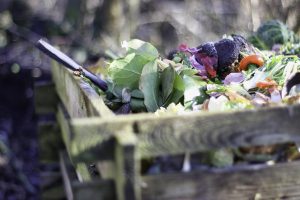 Food waste should be easily solved. As well as the ideas above, if you’re buying food in the supermarket make sure you only buy what you need. Food waste makes up around 8% of all emissions in landfills. Chickens and pigs are great for feeding vegetable peelings too – good for those living in the campo – or simply compost, saving you even more in the long-run.
Food waste should be easily solved. As well as the ideas above, if you’re buying food in the supermarket make sure you only buy what you need. Food waste makes up around 8% of all emissions in landfills. Chickens and pigs are great for feeding vegetable peelings too – good for those living in the campo – or simply compost, saving you even more in the long-run.
Sustainable Building Models
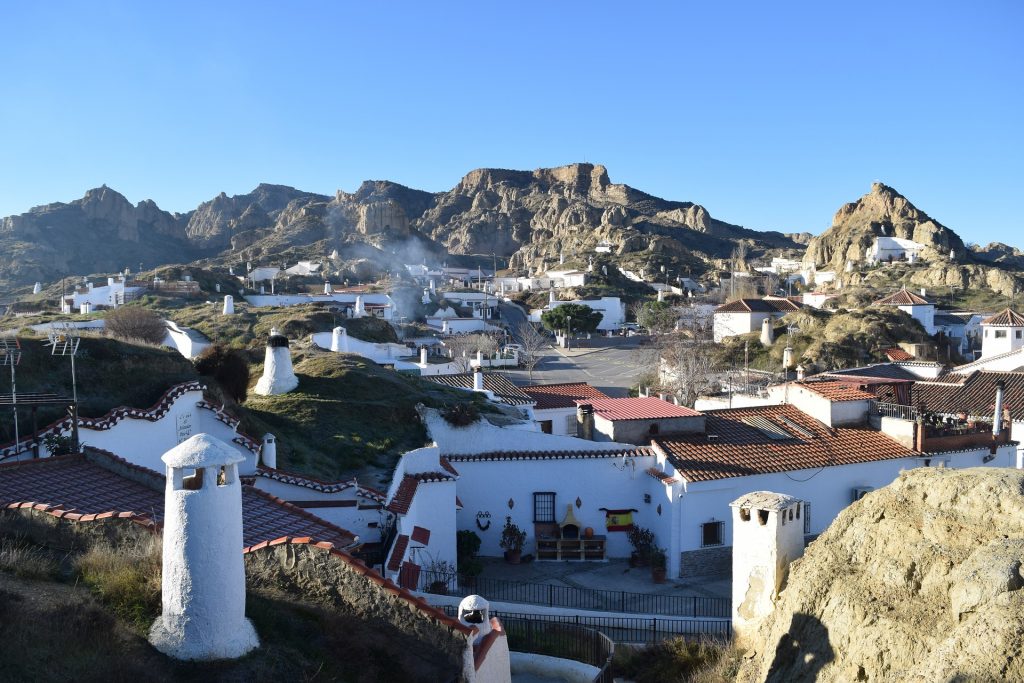
As the green agenda has picked up pace, so the number of companies offering new environmentally-friendly properties are increasing. Whether they are modular homes, which can be added to over time, should you require it, or a more substantial new-build they are built with sustainable materials and the environment in mind.
Say no to vinyl and PVC and focus on organic and biodegradable materials like adobe, untreated wood, bamboo (like Tencel), and straw. Reuse materials such as reclaimed lumber, recycled plastic (the one time plastic has the green thumbs up) and recycled glass. Organic paints help limit the negative impacts on the environment as they easily breakdown without the release of toxins.
Especially important is insulation. This will help keep your fuel consumption down – heating and cooling account for around 50% of your energy consumption in the home.
If you’re looking for an existing property, there are many traditional builds that are naturally green. The most ecological houses in the world are cave houses. A prime example is Guadix, as shown in the photo above. They are very well insulated from the outside and therefore do not use much energy to maintain a constant temperature.
In the Andalucian countryside close to the coast, you’ll find lots of houses built with sand and/or clay and rock. Their walls are immensely thick, pretty much inflammable and provide good insulation.
Consider your water usage
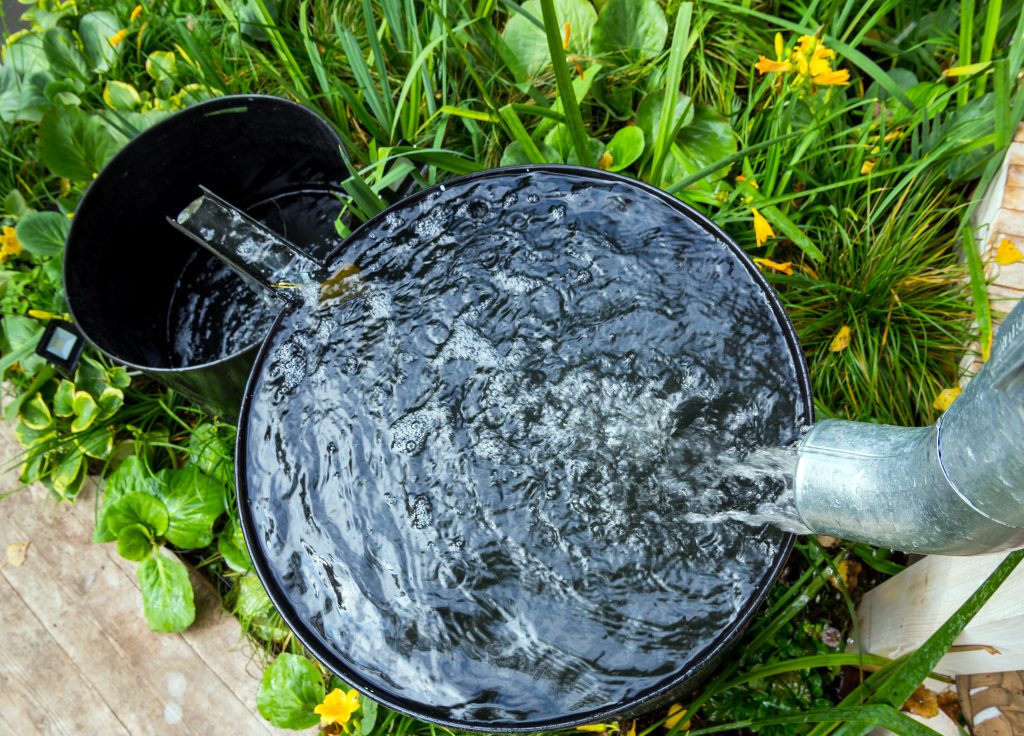
There are so many ways you can cut back on water consumption without really trying. Reduce the number of times you flush the toilet; wear your clothes until they’re actually dirty so doing less laundry. Don’t let the water run while you brush your teeth and those deep baths and hour-long therapeutic showers – reduce them. Also, source low-flowtaps, toilets and showerheads to cut back on water consumption.
A rainwater harvesting system is a great way to cut back on treated water. Store the rainwater in a tank and use it to either flush toilets or keep your garden green.
Switch your water-heating system to tankless water heaters. Rather than using electricity (and paying for it) to keep a huge tank of water permanently hot, a tankless system works on demand. Tankless systems only heat the water needed as it passes through an electric coil. The time to wait for the hot water is minimal – less than 30 seconds. An added benefit is you also save on storage space, great if you’re cutting costs by having a smaller property.
The 5 ‘R’s
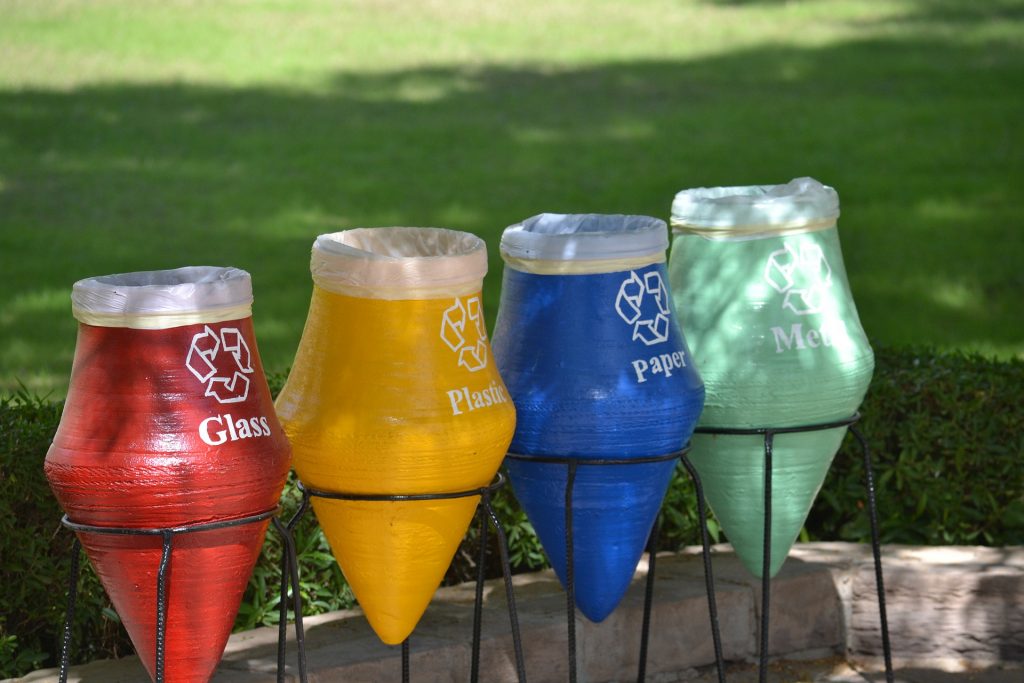
Prior to recycling, we should refuse, reduce, reuse and repurpose – the 5Rs of sustainable living.
Refuse: refuse single-use plastics and non-environmentally friendly products in your home and garden.
Reduce: only buy what you need, preferably when you need it. Of course, going to the supermarket if it is some distance away every day could be counter-productive. However, planning your meals in advance and sticking to the list will help reduce waste.
Reuse: There are lots of ways to reuse unwanted items. Reuse any plastic shopping bags (though preferably get a bag for life and reuse that multiple times) and use empty plastic containers for growing things in the garden. Donate unwanted clothes, mobile phones, toys and so on to charities, or sell on-line and earn some money.
Repurpose: Always see if you can repurpose something before throwing it away. Something that may not be of use in the house could have a second lease of life in the garden. Alternatively, something repainted could suddenly become a feature.
Recycle: separate your rubbish and place in the appropriate bins. We mentioned food waste earlier, if you’re gardening it makes sense to put your food scraps, egg shells and teabags in a composter.
Yes – a sustainable lifestyle is possible in Spain
All of the above are possible in Spain, making a sustainable lifestyle an achievable lifestyle. It’s worth approaching your local town hall to see if there are grants available to make your home more sustainable, reduce energy costs and have a positive impact on the environment.
If you’re looking to completely renovate or build a new home, then think green for materials and water usage and soon you’ll be living the good life in Spain.


